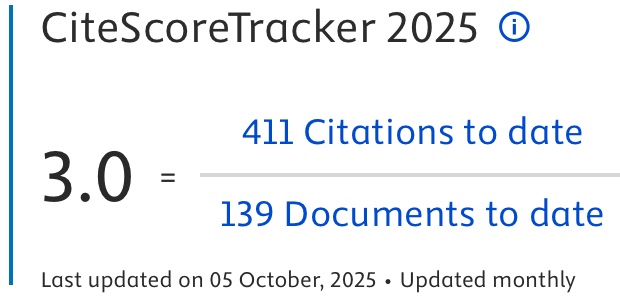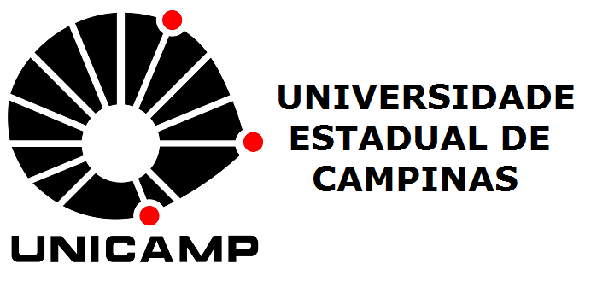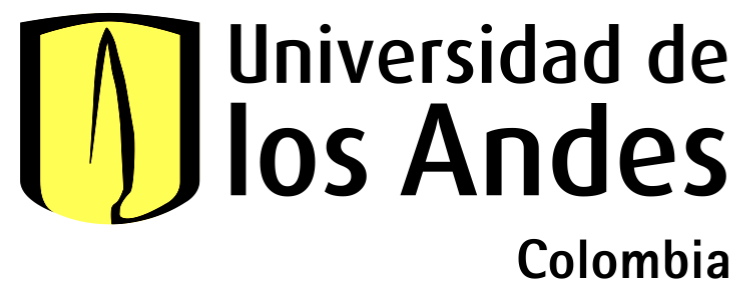Configurations, deformations, mutations. Criteria of morphological analysis in adaptive reuse
DOI:
https://doi.org/10.19229/2464-9309/982021Keywords:
morphological analysis, adaptive reuse, abandoned buildings, configuration, deformationAbstract
The reuse of existing buildings is a topic of strategic interest in a perspective of sustainability and efficient use of resources. Since many buildings tend to survive over time the functions for which they were designed, it is necessary to analyze reuse interventions through a diachronic process. Among the multiple factors that contribute to the project of a reuse intervention, a key aspect is constituted by the underlying morphology of its pre-existence. Therefore, starting from the hypothesis that a building whose original function has mutated can no longer be characterized through it, but rather through the permanence of its form, we intend to demonstrate that a project of adaptive reuse of a pre-existing building implies a morphological potential through which it is possible to determine diversified cognitive approaches and transformation scenarios.
Downloads
Article Metrics Graph
References
Barasch, D. (2019), Ruin and Redemption in Architecture, Phaidon, London-New York.
Borie, A., Micheloni, P. and Pinon, P. (1978), Forme et Déformation Des Objets Architecturaux et Urbains, Éditions Parenthèses, Marseille.
Brand, S. (1995), How Buildings Learn – What Happens After They’re Built, Penguin Publishing Group, New York.
Brooker, G. and Stone, S. (2004), Rereadings – Interior Architecture and the Design Principles of Remodelling Existing Buildings, RIBA Enterprises, London.
Byard, P. S. (2005), The Architecture of Additions – Design and Regulation, Norton, New York.
Caldo, C. (1994), “Monumento e simbolo – La percezione geografica dei beni culturali nello spazio vissuto”, in Caldo, C. and Guarrasi, V. (eds), Beni culturali e geografia, Pàtron, Bologna, pp. 15-30.
Ching, F. D. K. (1979), Architecture, Form, Space, and Order, Van Nostrand Reinhold, New York.
Clark, R. H. and Pause, M. (1985), Precedents in Architecture – Analytic Diagrams, Formative Ideas, and Partis, Van Nostrand Reinhold, New York.
Dardi, C. (1987), “Contenitori storici – Limiti della flessibilità”, in Perego, F. (ed.), Anastilosi – L’antico, il restauro, la città, Laterza, Roma-Bari, pp. 241-245.
De Rosa, A., Bergamo, F. and Calandriello, A. (2020), “History, Geometry and Stereotomy in the Vaults of the Halle Au Blé”, in Nexus Network Journal, vol. 22, issue 4, pp. 871-893. [Online] Available at: doi.org/10.1007/s00004-020-00517-w [Accessed 28 March 2021].
de Solá‐Morales, M. (2008), A Matter of Things, NAi Publisher, Rotterdam.
Destombes, L. (2017), Traductions constructives du projet d’architecture – Théoriser le détail à l’ère de la modélisation intégrative, PhD Thesis, Université de Montréal. [Online] Available at: hdl.handle.net/1866/20636 [Accessed 28 March 2021].
Douglas, J. (2006), Building Adaptation, Routledge, London.
Durand, J.-N.-L. (1809), Précis des leçons d’architecture données à l’École Polytechnique, Paris. [Online] Available at: d2aohiyo3d3idm.cloudfront.net/publications/virtuallibrary/0892365803.pdf [Accessed 28 March 2021].
Fisher-Gewirtzman, D. (2016), “Adaptive Reuse Architecture Documentation and Analysis”, in Journal of Architectural Engineering Technology, vol. 5, issue 3, article 1000172, pp. 1-8. [Online] Available at: doi.org/10.4172/2168-9717.1000172 [Accessed 28 March 2020].
Jäger, F. P. (2010), Old and New – Design Manual for Revitalizing Existing Buildings, Birkhäuser, Basel.
Jäger-Klein, C. (2014), “Conversions in Urban History”, in Baum, M. and Christiaanse, K. (eds), City as Loft, Adaptive Reuse as a Resource for Sustainable Urban Development, GTA Verlag, Zurich, pp. 59-66.
Kurrent, F. (1978), “Architettura moderna in ambienti storici”, in Architettura moderna in ambienti storici – Una mostra della Bayerische Architektenkammer e della Neue Sammlung Munchen, Die Neue Sammlung, Munchen, pp. 6-10.
Machado, R. (1976), “Old Buildings as Palimpsest – Toward a Theory of Remodeling”, in Progressive Architecture, vol. 57, issue 11, pp. 46-49.
Marini, S. (2008), Architettura Parassita – Strategie di Riciclaggio per la Città, Quodlibet, Macerata.
Marshall, S. (2005), Streets and Patterns, Routledge, London.
Plevoets, B. and Van Cleempoel, K. (2013), “Adaptive Reuse as an Emerging Discipline – An Historic Survey”, in Cairns, G. (ed.), Reinventing Architecture and Interiors – A Socio-Political View on Building Adaptation, Libri Publishers, London, pp. 13-32. [Online] Available at: researchgate.net/publication/263124838_Adaptive_reuse_as_an_ emerging_discipline_an_historic_survey [Accessed 28 March 2020].
Robert, P. (1989), Reconversions, Adaptations – New Uses for Old Buildings, Editions du Moniteur, Paris.
Robiglio, M. (2017), RE-USA – 20 American Stories of Adaptive Reuse – A Toolkit for Post-Industrial Cities, Jovis Verlag GmbH, Berlin.
Shahi, S., Esfahani, M. E., Bachmann, C. and Haas, C. (2020), “A Definition Framework for Building Adaptation Projects”, in Sustainable Cities and Society, vol. 63, article 102345, pp. 1-15. [Online] Available at: doi.org/10.1016/j.scs.2020.102345 [Accessed 28 March 2021].
Stratton, M. (ed.) (2000), Industrial Buildings – Conservation and Regeneration, Taylor & Francis, London. [Online] Available at: doi.org/10.4324/9780203362471 [Accessed 28 March 2021].
White, E. T. (1999), Path, Portal, Place – Appreciating Public Space in Urban Environments, Architectural Media, Tallahassee.
Wong, L. (2016), Adaptive Reuse – Extending the Lives of Buildings, Birkhäuser, Basel.

Downloads
Published
How to Cite
Issue
Section
License
This Journal is published under Creative Commons Attribution Licence 4.0 (CC-BY).
License scheme | Legal code
This License allows anyone to:
Share: copy and redistribute the material in any medium or format.
Adapt: remix, transform, and build upon the material for any purpose, even commercially.
Under the following terms
Attribution: Users must give appropriate credit, provide a link to the license, and indicate if changes were made; users may do so in any reasonable manner, but not in any way that suggests the licensor endorses them or their use.
No additional restrictions: Users may not apply legal terms or technological measures that legally restrict others from doing anything the license permits.
Notices
Users do not have to comply with the license for elements of the material in the public domain or where your use is permitted by an applicable exception or limitation.
No warranties are given. The license may not give users all of the permissions necessary for their intended use. For example, other rights such as publicity, privacy, or moral rights may limit how you use the material.


















































































